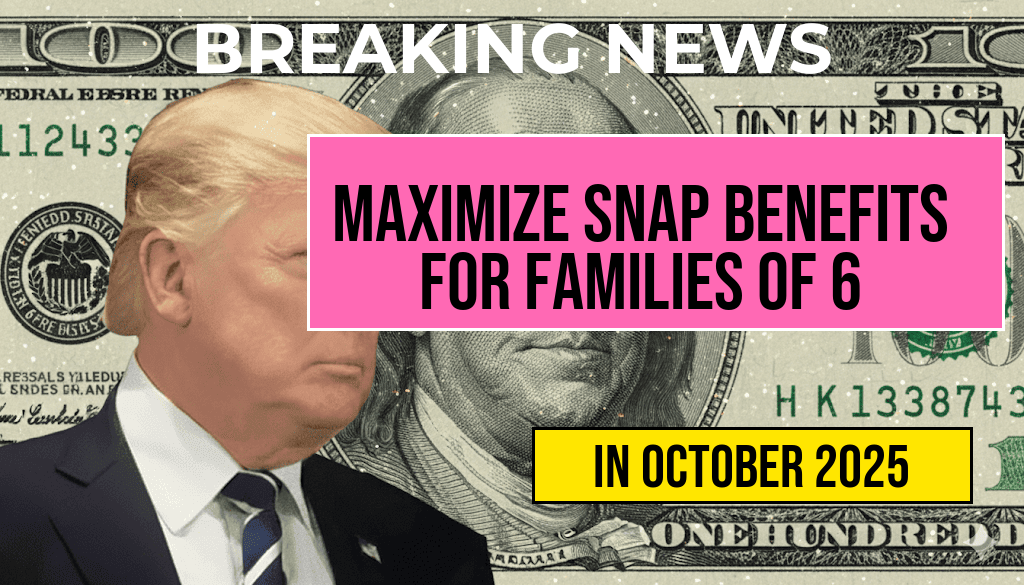The recently proposed tax cut by the Trump administration might not claim the title of the largest in U.S. history, yet it still holds the potential to offer substantial savings for American families. According to a model analyzed by The Washington Post, families could save an average of $2,200 per child under the new tax policy. This significant reduction is particularly noteworthy in the context of ongoing discussions about tax reform and its implications for middle-class households. As policymakers evaluate the impact of these cuts, many families are left wondering how these changes will directly affect their finances, especially amid rising living costs and inflationary pressures.
Understanding the Proposed Tax Changes
The proposed tax cut aims to simplify the tax code while providing relief to families across the nation. It seeks to reduce tax rates for individuals and corporations, with a particular focus on increasing the child tax credit. This credit has long been a point of contention in tax policy discussions, and the recent adjustments are expected to make it more accessible to a broader range of families.
Key Features of the Tax Proposal
- Increased Child Tax Credit: The proposal suggests raising the child tax credit to $2,200 per child, which could provide meaningful financial relief to families, especially those with multiple dependents.
- Reduction of Tax Rates: The plan includes lowering tax rates for various income brackets, aiming to ease the tax burden on low- and middle-income earners.
- Corporate Tax Rate Adjustments: Changes to corporate tax rates are also part of the proposal, with the intention of promoting business growth and investment.
Impact on Middle-Class Families
For middle-class families, the potential savings from the increased child tax credit could be a game changer. The Washington Post’s model indicates that families with two children could see a total reduction of $4,400 in their tax liability. This could alleviate some of the financial strains that many households are currently experiencing.
Economic Context and Considerations
The timing of this proposal aligns with broader economic conditions, including inflation and rising costs of living. Families are seeking ways to manage their budgets more effectively, and tax relief could play a crucial role. Economists argue that such tax cuts can stimulate consumer spending, which, in turn, may help bolster the overall economy.
Potential Critics and Challenges
Despite the potential benefits, the proposed tax cut is not without its critics. Some economists warn that significant tax reductions may lead to budget deficits and could undermine funding for essential public services. The long-term implications of these cuts remain a point of debate among policymakers.
Voices from the Community
Community leaders and families have expressed mixed feelings about the tax proposal. While many welcome the idea of increased tax credits, concerns about the sustainability of such cuts linger. “It’s great that families might save money, but we also need to ensure our schools and healthcare systems remain funded,” said a local community advocate.
What Families Should Know
As the proposal moves through Congress, families should stay informed about the developments and how they may affect their financial situations. Here are some key points to consider:
- Monitor Legislative Changes: Keep an eye on Congress’s discussions and votes regarding the tax proposal.
- Consult Financial Advisors: Families may benefit from professional advice to better understand the implications of the proposed tax cuts.
- Understand Eligibility: Be aware of eligibility criteria for the increased child tax credit to maximize potential savings.
Conclusion
While the Trump administration’s tax cut may not be the largest ever, it could still provide significant savings for American families. The prospect of saving $2,200 per child is a hopeful development for many households navigating challenging economic times. As discussions continue, the implications of these changes will be closely watched by both supporters and opponents of the proposal.
For more information on the proposed tax changes, you can visit The Washington Post or review economic analyses from Forbes.
Frequently Asked Questions
What is the main focus of the article regarding the Trump tax cut?
The article discusses how the Trump tax cut may not be the largest in history, but it highlights that families could potentially save $2,200 per child based on a model from the Washington Post.
How does the Washington Post model calculate savings for families?
The Washington Post model estimates that families could save a significant amount through various tax benefits and deductions included in the tax cut, leading to potential savings of $2,200 per child.
Are there specific families that will benefit the most from the Trump tax cut?
Yes, families with children are likely to see the most benefits, as the tax cut includes provisions aimed at reducing their tax burden, resulting in estimated savings of $2,200 per child.
What are some of the key components of the Trump tax cut that affect families?
Key components of the Trump tax cut affecting families include increased child tax credits, changes to standard deductions, and other tax benefits designed to provide financial relief to households.
Will the savings from the Trump tax cut vary by family income?
Yes, the savings from the Trump tax cut may vary based on family income levels, as higher-income families may benefit more from certain tax deductions, although the model indicates that many families could still see savings of $2,200 per child.






